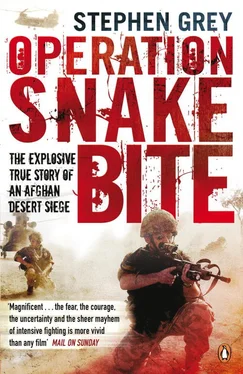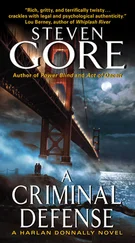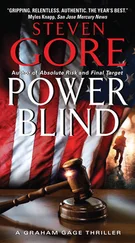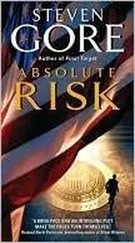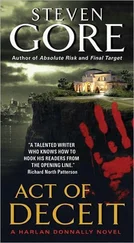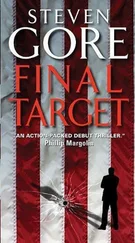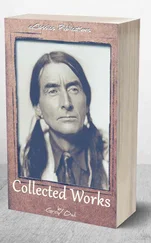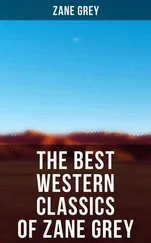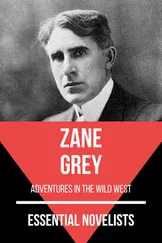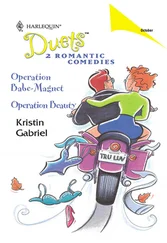Wrapped in a white dressing gown, Sadiq, a lanky man with a toothy grin, had told how NATO had already announced his death in a press release. He had been driving through the desert when his pick-up was cornered by an Apache helicopter that opened fire. His three bodyguards saved him by leaping over and protecting him. All of them died, ‘martyred’ as Sadiq would put it. With a serious leg wound, Sadiq had to crawl alone to the nearest village to get someone to call for an ambulance.
A few days after the interview, Sadiq had called Qais and invited him up to Sangin. At the time, the British had claimed to occupy Sangin, but in reality they were besieged in their base. Armed Taliban fighters walked openly through the market place.
‘These are George Bush’s kites,’ said Sadiq, pointing up at the aeroplanes that circled by. Qais was getting nervous. The Taliban were clearly unfazed, sitting with Sadiq’s family in an open courtyard and eating rice and spinach, the best he could offer. ‘The spinach is grown among the poppy,’ Sadiq explained. His wife joined them for the meal – a sign not only that they trusted Qais but that Sadiq was not a religious extremist.
Sadiq would insist, ‘You know, this is not a war about religion. It’s about the freedom of my country.’ That was his catchphrase lament: ‘My country! My country!’
Not all Taliban were alike. It was obvious Sadiq was a different breed to some of his more extreme brethren. And it was obvious to Qais there were deep suspicions between the groups.
As he travelled to meet Sadiq one time, Qais ran into other groups of Taliban, those who revealed their deep and brutal paranoia. Some appeared to be linked to Dadullah Lang, the leader at that point of the more hardline factions in Helmand. The men showed them mobile phone videos of ‘spies’ being slaughtered. ‘We’ve killed more humans than chickens,’ said one man.
On a hillside in the desert somewhere near Gereshk, Qais also met Abdul Rahim, the Taliban’s overall commander in the province. He kept his face disguised. But he was clearly the boss – a cleaner turban, a neater cut to his trousers – and he spoke with authority. At one point, out in the open, there was a crowd of dozens of armed fighters around them. ‘This is the moment the airstrike comes,’ thought James Bays, a British correspondent that Qais had brought along.
Sadiq later told Qais he distrusted many of the old Taliban, the ones who had held power before. He also detested Dadullah and his extreme followers. When the press reported the Special Boat Service had killed Dadullah in early 2007, he was delighted. He declared: ‘The dirty spot on the white pure cloth of the Mujahidin has been wiped away.’
Mullah Sadiq and the journalist knew that NATO intelligence was probably intercepting and listening to their calls. But they used to speak constantly. For the journalist, Sadiq provided a window into the rebellion, a chance to understand just why this war was happening.
Sadiq’s story of how he became a Taliban leader was emblematic of this whole rebellion. The son of a government official, Sadiq was in his forties. He was an educated man, unlike many in his movement. Ever smiling, sometimes confidently, he was mild-mannered, hardly a typical warrior. He was also full of black humour – he saw the irony everywhere. He was a smart fighter too: full of new ideas for tactics, like getting his men between two sets of angleez troops and opening fire in a way that made the British fire on each other, or fire on their Afghan army allies, or vice versa.
Asked why he had joined the Taliban, he would weep openly as he described a period ‘before the Taliban got strong’ and he approached a checkpoint of foreign troops. He had a sick woman in his car and had needed to get to the hospital. The troops just told him, ‘Go away! Go away!’ Sadiq used to repeat, ‘That’s what occupation means!’
But the deeper story came back to the same predatory politics that the EU diplomat Michael Semple and British officers had separately described to me: of how the chief of Helmand’s secret police appointed when President Karzai took power had turned Sangin into his private fiefdom. Sadiq said the man – nicknamed ‘Dado’ – had started a private jail, was always drunk or stoned, had raped boys and women and was systematically stealing from the population. Sadiq previously had had a minor role in the old Taliban. This was his call back to arms.
Sadiq and his family, like many in Sangin, crossed the Rubicon of rebellion in the summer of 2006, just as the British arrived. He was involved in the revenge attack that slaughtered members of Dado’s family. There was no turning back now. They blew up Dado’s home, although Sadiq used to complain, ‘We spent so much on explosives and it is still half there.’
Soon after all this, the Afghan government persuaded Britain to send its paratroopers into Sangin to maintain order. That was the start of the bloody battle of Sangin. As far as Sadiq and most were concerned, the British were there to prop up Dado and his cronies.
Many of the fighters, Sadiq explained, were local villagers. They were paid nothing but fought to defend their families’ and tribe’s interests. They were also involved in drug production. ‘It’s the season of drugs. People can’t fight very much at the moment,’ Sadiq would say. Sadiq acknowledged help from the drug dealers. One of his cars was a gift from them.
There were also many fighters who were sent from the madrassahs , the hundreds of religious schools over the frontier in Pakistan. These were not ‘foreign fighters’ but Afghans, often the children of refugees. They would be paid for service – about 20,000 Pakistani rupees a month (about 300 US dollars at the exchange rate then). But the money was usually sent back to the madrassah .
For those who always wondered at the Taliban’s apparently suicidal tactics – sending waves of fighters against British machine guns – Sadiq’s fighters had the answer. Once they captured some British night-vision equipment. They were discussing what it would fetch in the market. ‘Aren’t you going to use it?’ said Qais. The Taliban just laughed. As one leader explained to the journalist later: ‘What you have to understand is that for every fighter who is martyred here, the madrassahs will send two to replace him. They become heroes in their schools!’ So sending young men forward to die was not just religious zeal, it made a rather cynical, calculated sense.
There were a few genuine ‘foreign’ fighters – the Saudis or Chechens. Qais never saw any of these. And, according to Sadiq, they had little value. For survival, Taliban fighters depended on village hospitality. When dealing with any coddled Saudi, even a young religious zealot, then hospitality was a heavy burden. ‘They don’t know the area at all, and it costs more to provide them with hospitality than the value they bring to the fight.’ But Sadiq had instructions from Pakistan to look after them well – give them the best food and put them up in the best houses ‘so they will go back and tell others to come’. Sadiq believed this war would be won or lost by Afghan fighters, not outsiders – just like the war against the Soviets.
Sadiq complained about the fighting in Kajaki, ironically echoing the complaints of many British soldiers. ‘You know we are shooting many of them. But they never announce about their injured,’ he said. Despite his status as a mullah, a religious teacher, Sadiq used to swear a lot. He was full of awe of the British medics. ‘Even if the angleez soldier is in bits then they have a motherfucking doctor who can piece them all together.’
Now, Sadiq was starting to talk to Qais about suspicions of a coalition attack on Musa Qala, which he used to call a ‘resting place’ for his front-line fighters. Sadiq was offering a trip into the Taliban stronghold. ‘Bring your cameras,’ he said. ‘We will guarantee your safety.’
Читать дальше
